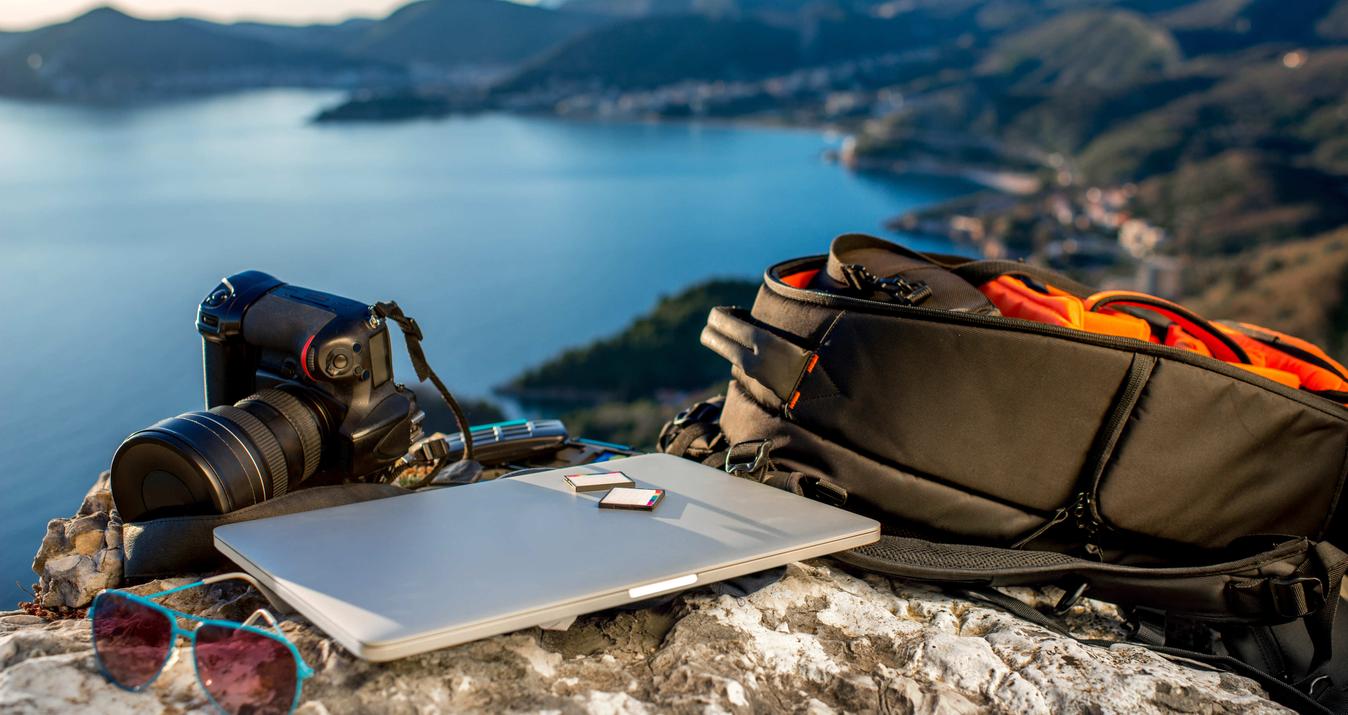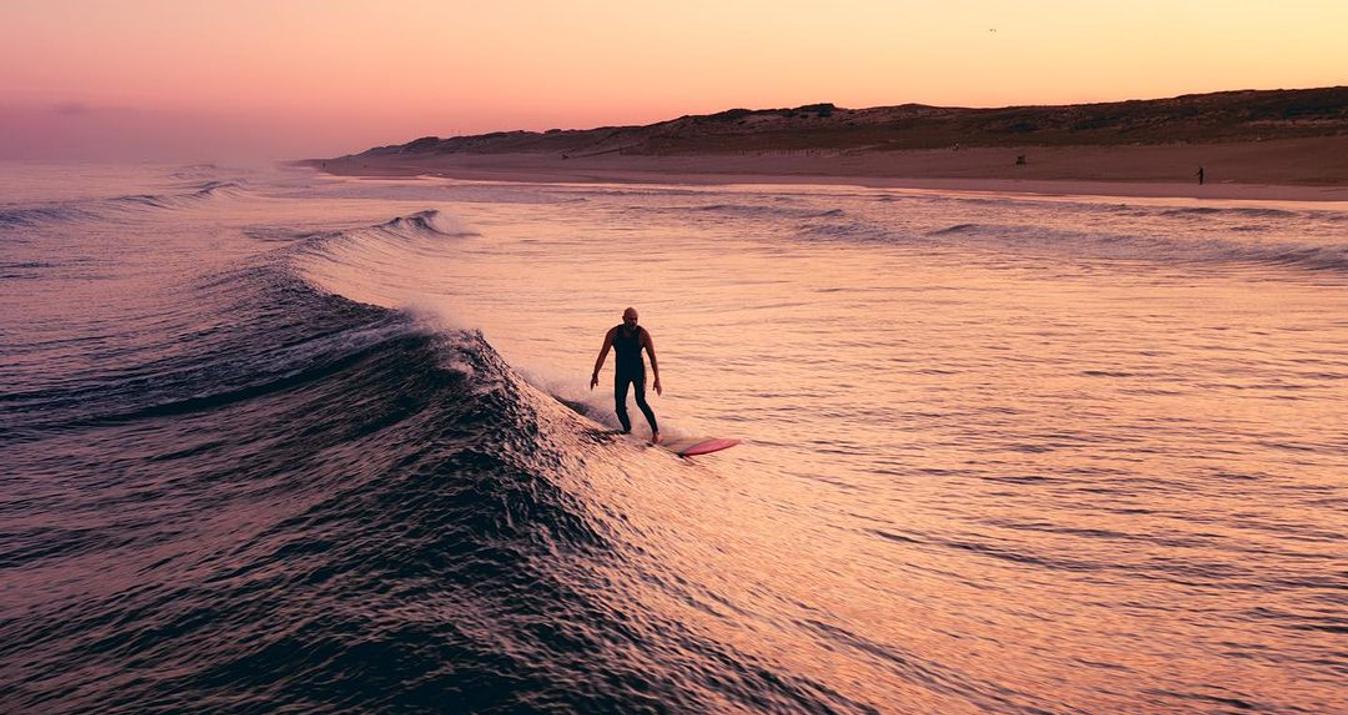Figuring out the camera settings for great star shots can be a little challenging, especially in regards to exposure. Here's a guide to get you started.
Taking pictures of the night sky is harder than it sounds. There’s a little bit of math to figure out in order to set your exposure, and all star shots need a fair bit of post-processing. Still, with a little research and advanced prep, just about anyone with a decent DSLR can do it. Just make sure you choose a clear, moonless night (unless you want to photograph the moon), and find a spot well away from cities or other light pollution.
 Photo Credit: Casey Horner
Photo Credit: Casey Horner
The Gear
You only need basic gear for night sky shots—a good DSLR, a fairly fast lens (ideally wide angle), a shutter release cable, and a tripod. There are, of course, other things you can buy, but these are a great starting point and can do 99% of great astrophotography.
The Camera
Full frame (FX) cameras are best, but crop-sensor (DX) DSLRs will also work. There’s an added exposure calculation for DX cameras though, so don’t forget to double-check it. Beyond that, choosing a camera that performs well in low-light conditions is also a plus.
The Lens
Use a lens that is fast— ideally f/2.8. You don’t need a wider aperture than that, and on the flip side, you can often get away with as small as f/4.0. (Wider apertures such as f/1.8 pick up more light, but are very difficult to focus at night.) As far as focal ranges are concerned, if you’re looking to get a large expanse of the Milky Way, a wide angle lens is best. A 14-28mm f/2.8 lens would be ideal.
The Tripod and Cable Shutter Release
Any night shot you take will be a long exposure shot, which means your camera will have to stay absolutely still during the full duration of the shot. As a result, a sturdy tripod is best. As far as the shutter release cable is concerned, most of them come with intervalometers these days, which is a good thing if you want to progress into time-lapse photography. Either way, this small but important piece of equipment will allow you to easily shoot in bulb mode (which you’ll likely need), and more importantly, avoid touching your camera when you take the photo. (Touching the camera introduces camera shake.) If you don’t have a cable shutter release you can set your camera to its 2- or 10-second timer delay.
 Photo Credit: Benjamin Davies
Photo Credit: Benjamin Davies
The Basic Settings
• Starting by setting your camera to Manual mode.
• Next, select the Matrix Metering (Nikon) or Evaluative Metering (Canon) option from your camera’s menu.
• Some people recommend that you also switch off Long Exposure Noise Reduction and set your High ISO Noise Reduction Setting to Normal
• Finally, select a white balance between 4000K-5500K. The darker the sky, the closer to 4000K you’ll be. On average, 4200-4500K is a good starting place.
 Photo Credit: Kristopher Roller
Photo Credit: Kristopher Roller
Exposure
Now comes the fun part—getting the correct exposure. If you’re looking for sharp, clean stars without trails, you’ll need to do a little calculating to get it right.
The Rule of 500
To avoid star trails, you’ll have to use an equation called the rule of 500. It basically says that your Maximum Exposure Time will equal 500 divided by the Focal Length of your lens multiplied by your Crop Factor.
500 Rule Maximum Exposure Time = 500/ ( Focal Length X Crop Factor )
If you have a full frame camera, your crop factor is 1. That means that if you’re shooting with a 14mm lens, your exposure time will be around 36 seconds (500 divided by 14). Of course, this is just a ballpark rule—you’ll need to take some test shots and adjust accordingly.
If you’re using a camera with a crop sensor, you’ll need to figure out your camera’s sensor size first (via the manual). Once you do that, plug it into the following equation to figure out your crop factor:
Crop Factor = 35mm / Your Camera’s Sensor Size ( mm )
Then simply plug your crop factor back into the first equation and you’ll be set.
Note: If you’re including a foreground in the shot then it’s helpful to take multiple exposures and then combine the shots together, either with HDR or by stacking.
 Photo Credit: Alexander Andrews
Photo Credit: Alexander Andrews
ISO
You should set your ISO last, after you’ve figured out your (ballpark) exposure time.
There’s a couple of ways you can find the ideal ISO. The most casual way is to simply try a value between 2500 and 6400 and adjust from there. The most surefire way to go about it, though, is to start at 800, take a test shot (which will probably be too dark), and adjust up a stop at a time until you can clearly see the Milky Way in your photos.
Note: Don’t worry if you can’t see all of the detail on your preview screen. Your camera records much more information than it can display, all of which can be brought out in post-processing.
 Photo Credit: Manouchehr Hejazi
Photo Credit: Manouchehr Hejazi
So that’s it for basic settings. From here you should be able to go out and get some solid shots. Just know, however, that they’ll all need some post-processing to bring out the colors and make the images really shine. Happy night-time shooting!













